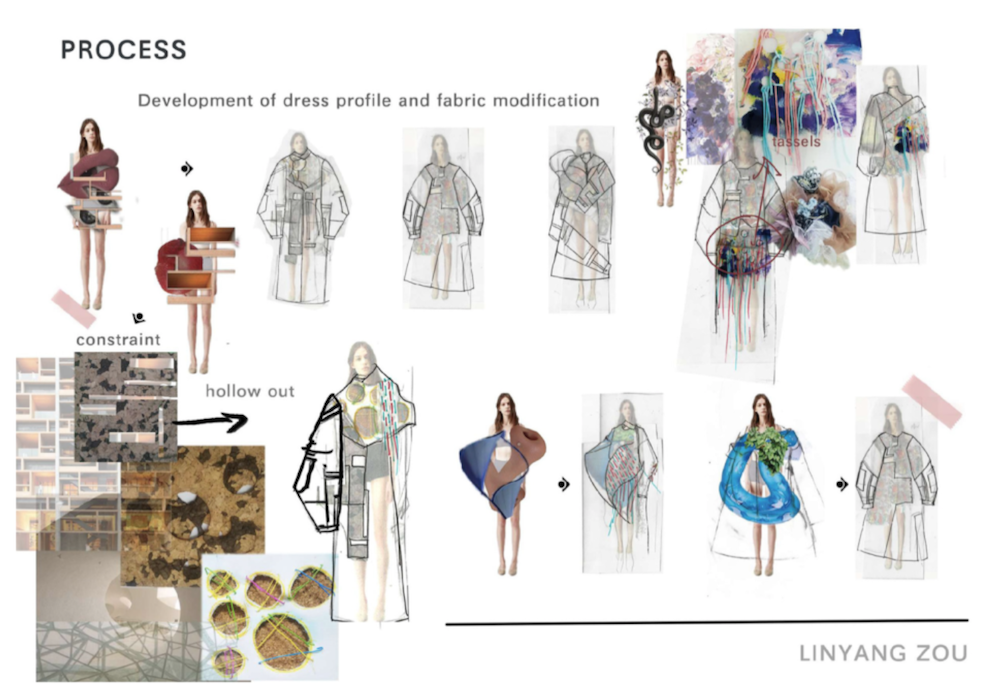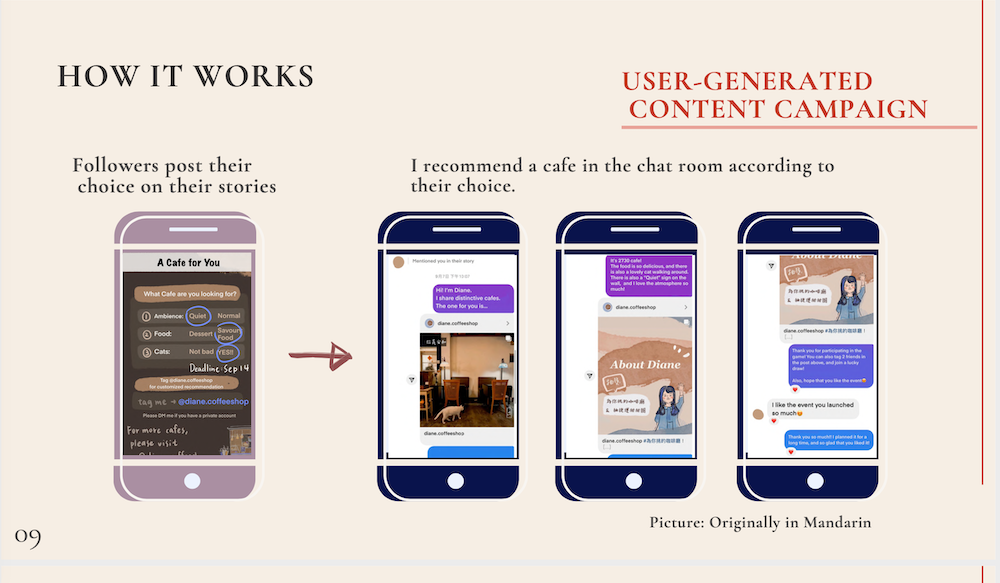Last Updated on 2021-09-09
Hi everyone! I’m a Taiwanese student studying fashion in New York. In the last episode, we talked about how I decided to study abroad, and why I chose to study fashion management in New York.
In this article, I’ll tell you why I chose Parsons and LIM College to study master’s degree. Also, I’ll talk about how I prepared for my fashion marketing portfolios.
For people visiting the first time, these are the programs that I was admitted to.
- MPS Fashion Management Program at Parsons School of Design
- MPS Fashion Marketing at LIM College
內容目錄
Master’s in Fashion Management I Chose
I only applied to two schools, and they are Parsons and LIM College. There aren’t many fashion management programs to choose from, so it isn’t too hard to decide.
These are the two ways I find master’s degree programs in fashion management.
- Search for rankings of fashion schools on Google (BOF, Blog)
- Ask friends who are familiar with the fashion industry in New York
My goal for studying abroad is to learn more about fashion business models of retail and fast fashion. After getting more information, I found three choices for fashion business programs: FIT, Parsons, and LIM College
FIT:
- Pros:
- High reputation: FIT has a high ranking on all websites, and is the first place in the ranking of BOF.
- Lower tuition: FIT is a public school, so has lower tuition.
- Limitation:
- Working experience required: one of the requirements is to have more than three years of working experience, so I couldn’t apply to FIT.
Parsons School of Design:
- Pros:
- High reputation: it is the third of art universities on QS ranking, and the top in the US. Marc Jacobs is one of the famous alumni.
- Great faculty: although MPS Fashion Management is a new degree established in 2019, most of the faculty come from famous fashion brands. Also, lots of professors come from FIT.
- Cons:
- New program: as I mentioned before, it is a new program, so there are still some considerations about it.
- Higher tuition: as a private school, it is more expensive
LIM College:
- Pros:
- Specialize in fashion business: LIM has over 80 years of experience in fashion business field, and owns a lot of alumni connections.
- Emphasize internship opportunities: internship is one of the requirements of graduation, and thus the school spend more time on assisting students to seize the opportunities.
- Lower tuition: though it is higher than FIT, it is lower than Parsons.
- Easier to apply: I watched a lot of YouTube videos, and also got information from my friends. I discovered that LIM does have a higher acceptance rate!
- Cons:
- Smaller school: there are approximately 1,600 students at LIM. In contrast, there are 5,000 students at Parsons, and The New School, which is the university that Parsons belongs to, has above 10,000 students.
- Higher acceptance rate: classmates might be less selective.
In the end, I chose Parsons School of Design and LIM College as my target schools. There are more fashion schools in New York, but most of them value the design field more, which doesn’t match my needs, so I didn’t take them into consideration.
What’s more, an alumna from FIT told me that when it comes to fashion schools in New York, Parsons and FIT are the first choices! Although LIM College has a lower reputation globally, it is still competitive enough to get a job in the fashion industry in New York!
How to Prepare a Fashion Business Portfolio?
The portfolio bothers me so much at the beginning of my application! Most of the pages on the Internet talked about fashion design portfolios instead of fashion business portfolios.
This is the introduction of the requirement of the portfolio at Parsons:
“The portfolio is optional for the MPS in Fashion Management.
Applicants may submit a portfolio that is limited to ten examples of design or management work. The items must be directly related to your motivation for studies in the program and must be integrated with the topics of your program essay.
The visuals should contain enough of an explanation to allow the reviewers to identify your understanding of the design principles, methods, processes, and projects that you chose to represent.“
I was stuck from the first sentence: “It is optional.”
So, since I don’t have extraordinary design skills, should I prepare for it?
Next, let’s take a look at the introduction from LIM College:
“Please upload your Portfolio of Professional and/or creative work.“
That’s it. Don’t doubt it (tears).
After that, I asked the alumna from FIT and my teacher at the cram school of design, and we came out that the portfolio was different from fashion design. We don’t need to develop the whole collection from scratch. (Fashion design portfolio example)

Portfolios for fashion business majors, are mainly for supporting the contents in your essay, SOP, and CVs.
I turned in a portfolio in the end, and contained to works, which have their meaning respectively.
- Marketing campaigns I’ve done when running my IG account (@diane.coffeeshop) : to prove my ability of social media marketing which I mentioned in my materials.
- A fashion design collection inspired by a coffeeshop: to demonstrate my effort in learning more about fashion. I mentioned in my essay that I took a lot of courses to make up my lack in the fashion field.
In conclusion, SOP and essays, which elaborate your motivation of the application, are more important than portfolios to fashion business majors.
The role of fashion business portfolios is to visualize your experience and works.
Last but not least, I recommend you to prepare a portfolio if you are applying. Though it is optional, fashion is a field that focuses on visual communication, and it would make your materials more impressive.
Maybe you are in a business major and don’t have design skills. If you’ve done some reports related to fashion business in your undergraduate years, and you’re thinking about adding them in your essay, just put them in your portfolio! I didn’t get them in mine because I was lack of time. I think it would be a good choice.
In the beginning, I spent dozens of time looking for any information of the fashion business portfolio. I hope that my experience gave you some ideas!
Besides, if you are confused about which tool to edit your works, I recommend Canva Pro!
I did my CV and portfolio with the website. There are lots of templates and design materials up there, and could try it free in the first 30 days.
To Sum up…
In this episode, I talked about my target schools and preparation for fashion business portfolios, which bothered me the most in the beginning.
Which master’s programs are you going to apply?
In the next episode, I will focus on how I prepare for my application materials.
I also share my New York Life on Instagram @diane.style.tw. Follow me if interested!
Read More on LIM and Parsons Application:
- Ep.1 | The Reason I Chose to Study Fashion Management in New York
- Ep.2 | Master’s in Fashion Management and Fashion Business Portfolios
- Ep.3 | SOP Preparation for International Students
- Ep.4 | 5 FAQs about Writing a Request for Recommendation Letters
- Ep.5 | Submit IELTS Score Online
- Ep.6 | LIM College Interview Questions
- Ep.7 | Admissions Decision Dates





